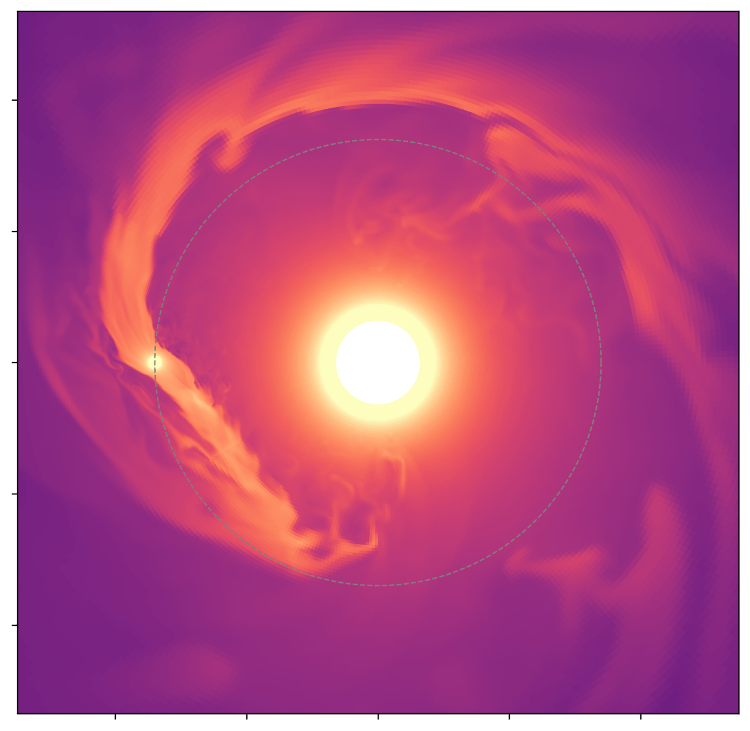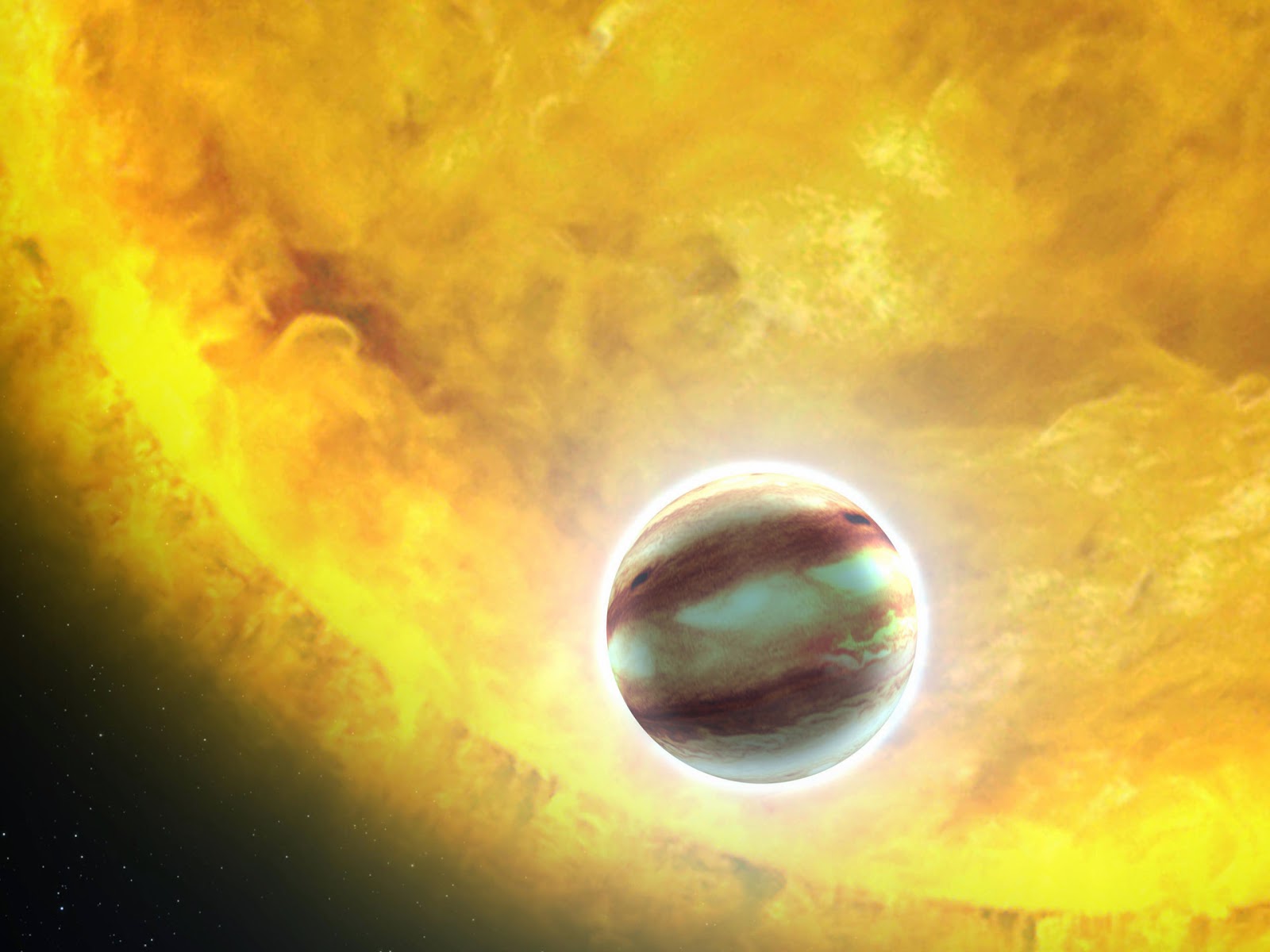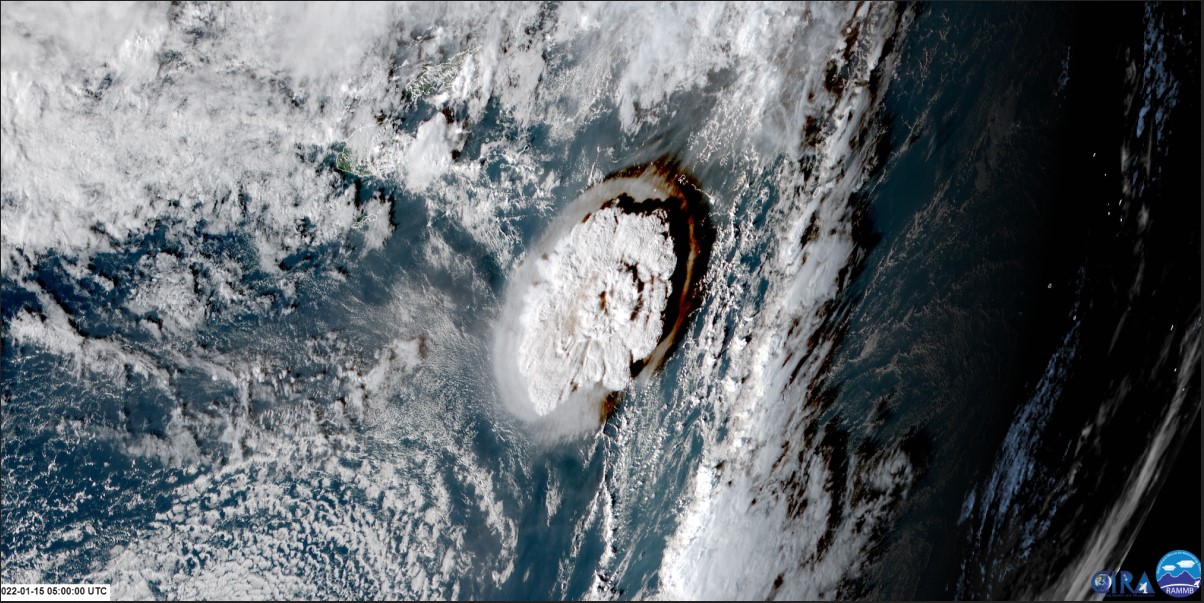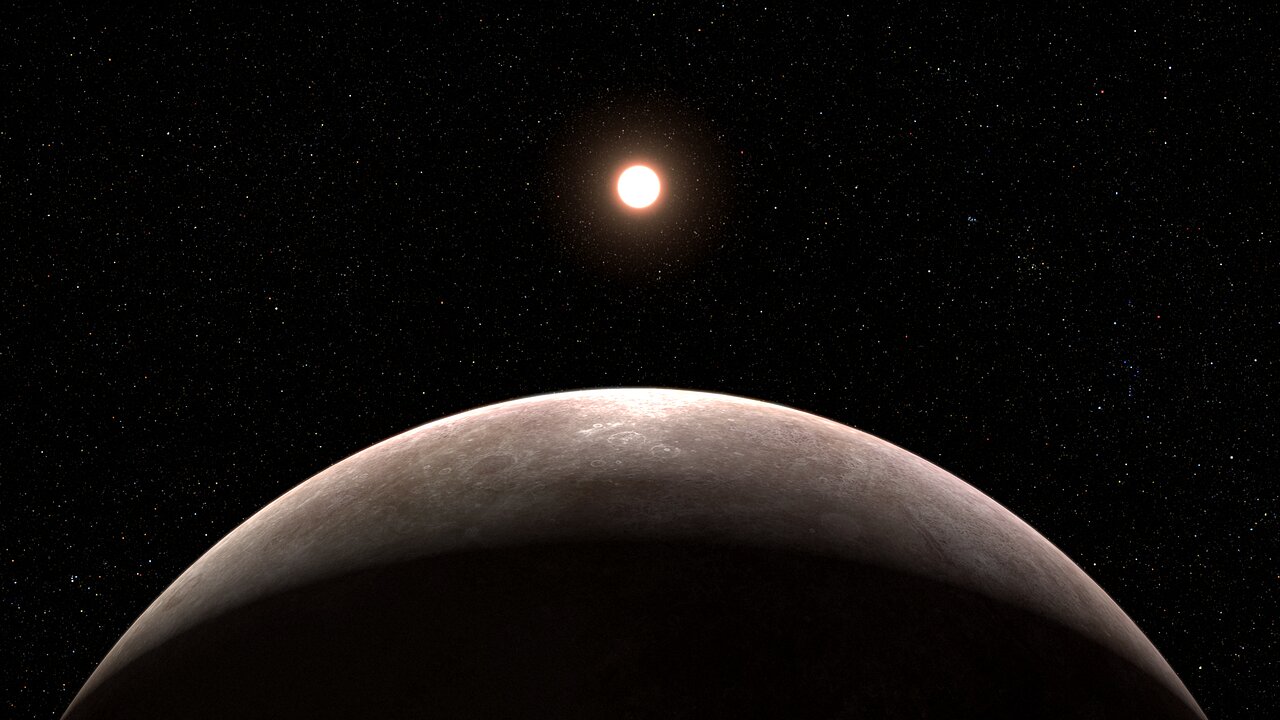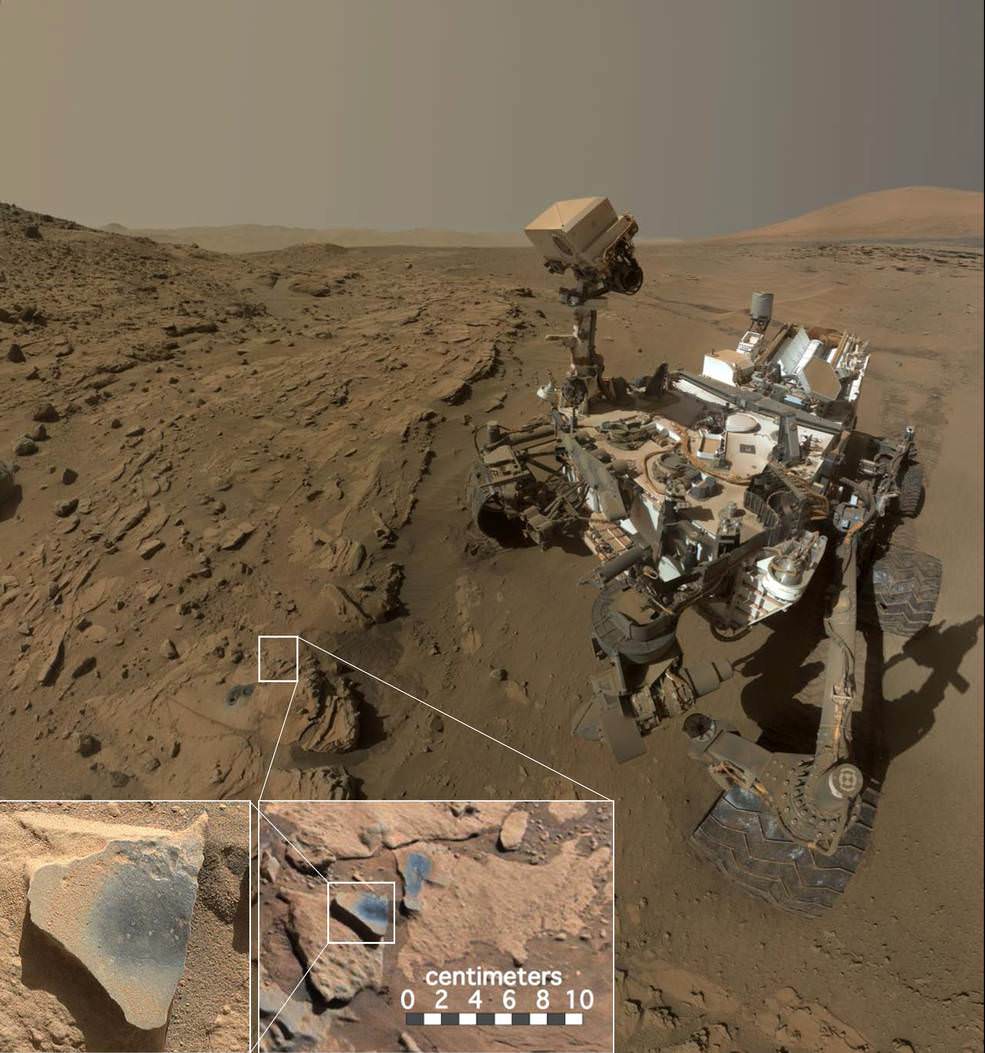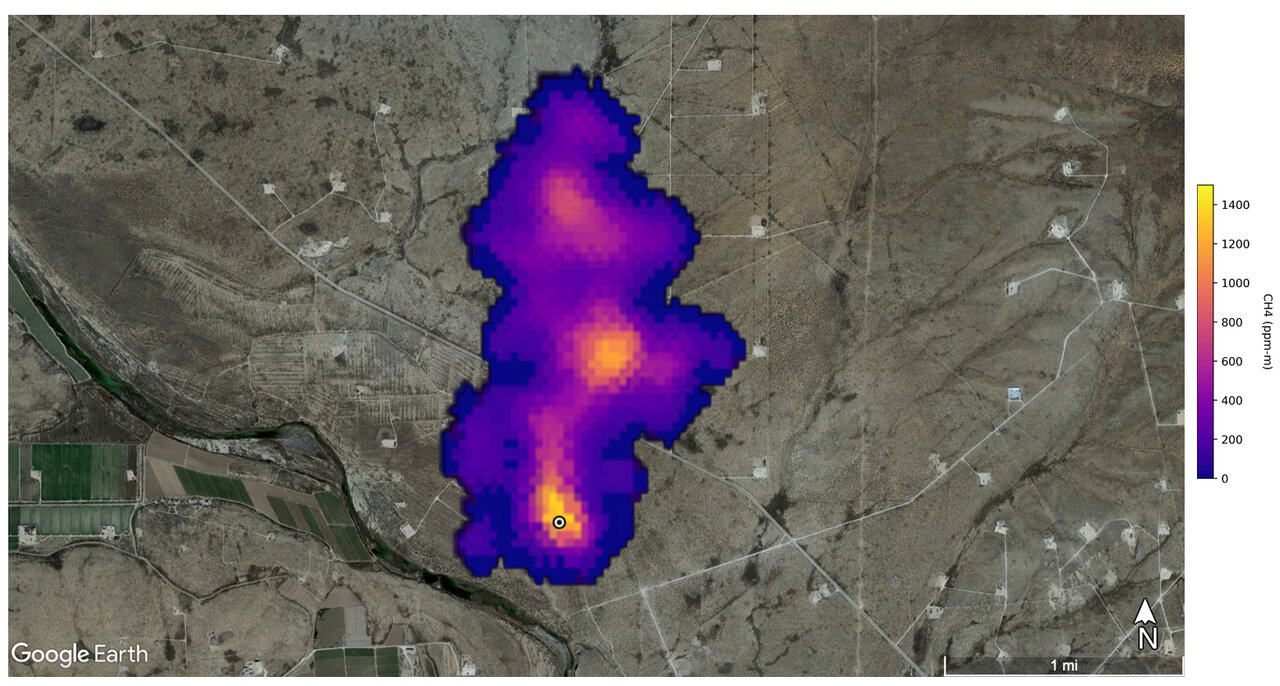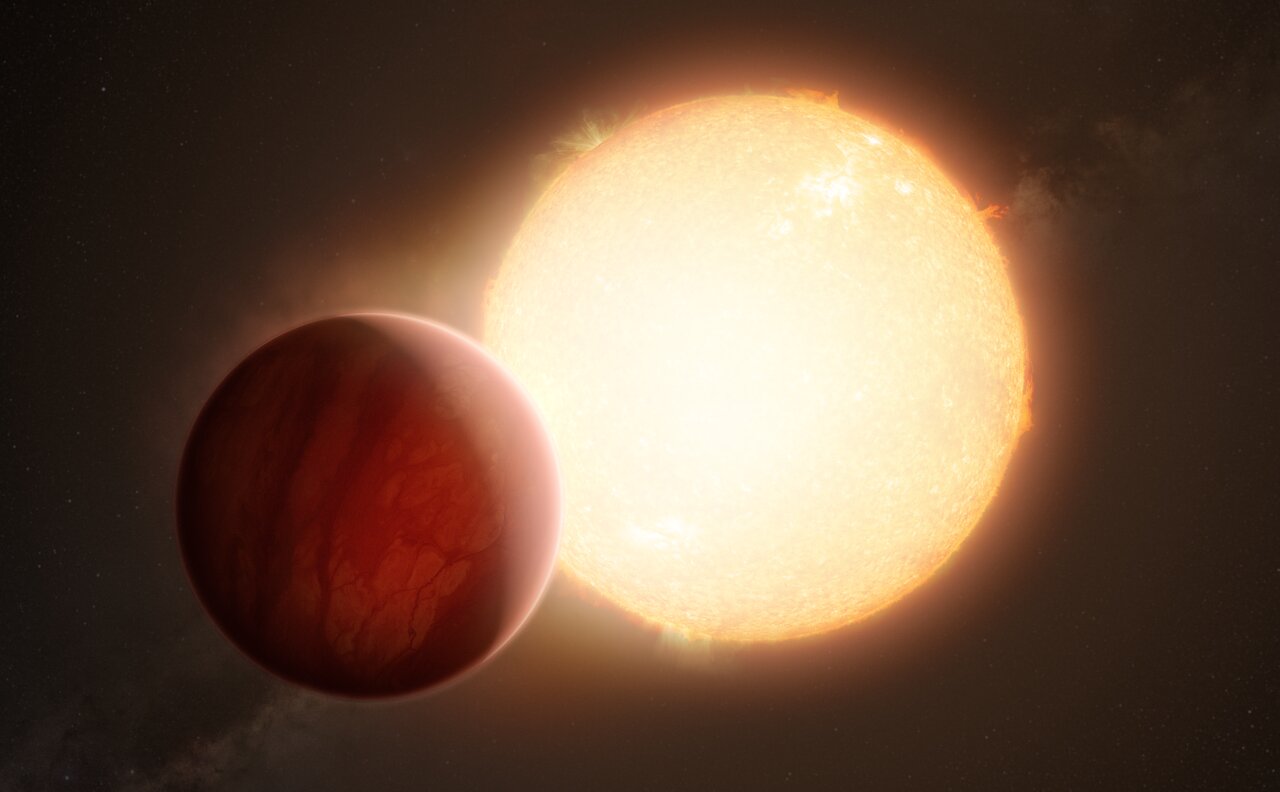In a recent study published in Science Advances, a team of researchers commissioned the Hobby-Eberly Telescope (HET), which is designed to study exoplanetary atmospheres, to examine how a “hot Jupiter” exoplanet is losing its helium atmosphere as it orbits its parent star, leaving tails of helium that extend approximately 25 times the diameter of the planet itself.
Continue reading “This Hot Jupiter is Leaving a Swirling Tail of Helium in its Wake”This Hot Jupiter is Leaving a Swirling Tail of Helium in its Wake
